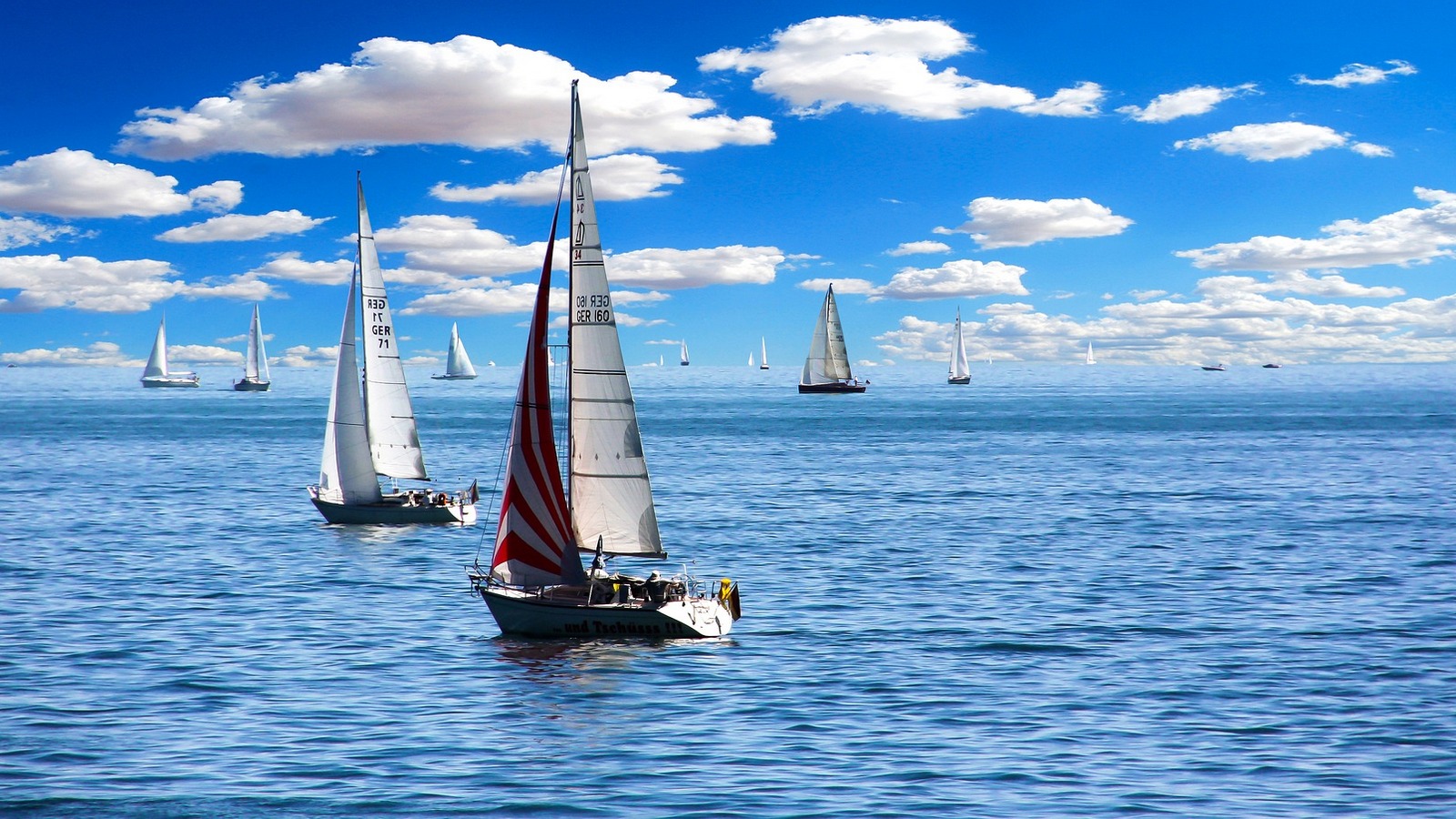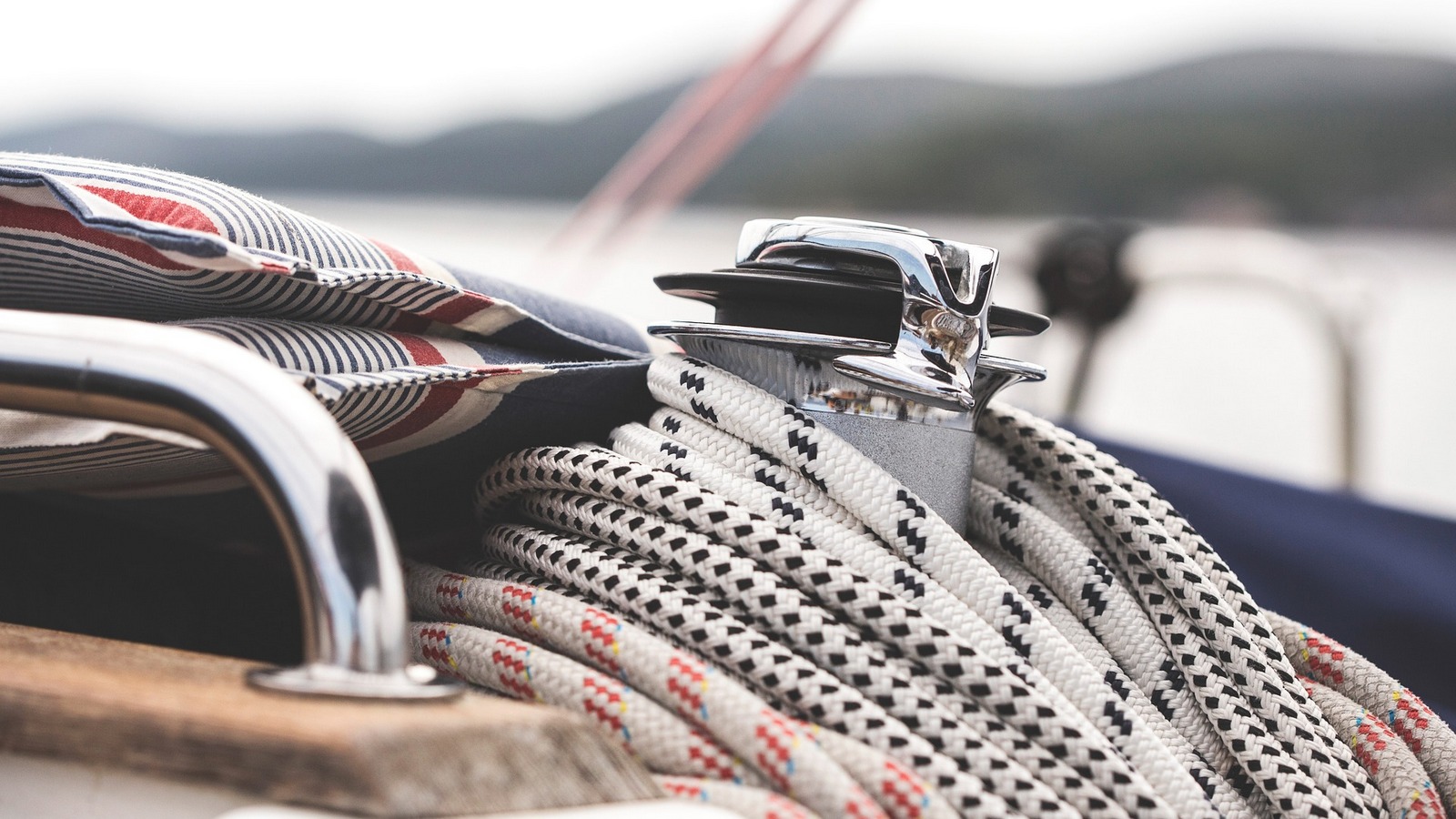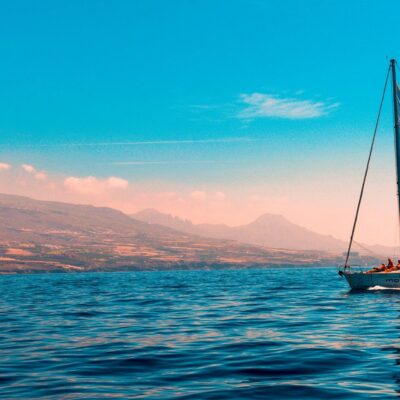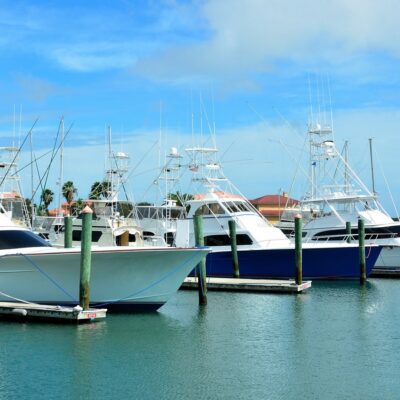For centuries the sea has captured the hearts of sailors and travelers around the world. In his poem “Sea Fever,” John Mansfield declared that all he needed was “And I ask you to give me a star to steer my ship, And a white sail, and a helm, and in the slings a wind song, And a gray mist over the water, and a gray glare of dawn,” to feel at ease. Becoming a sailor can be a daunting task, but this article will walk you through the nautical world from a to z. For the record, this article will get you started, but you will definitely need to spend time with an experienced sailor on your vessel before you go sailing alone.
Basically, if you are a novice sailor, you probably won’t be steering your own schooner. You will probably be working with catboats, tenders, or sloops.
Recognized and Trusted by the Best
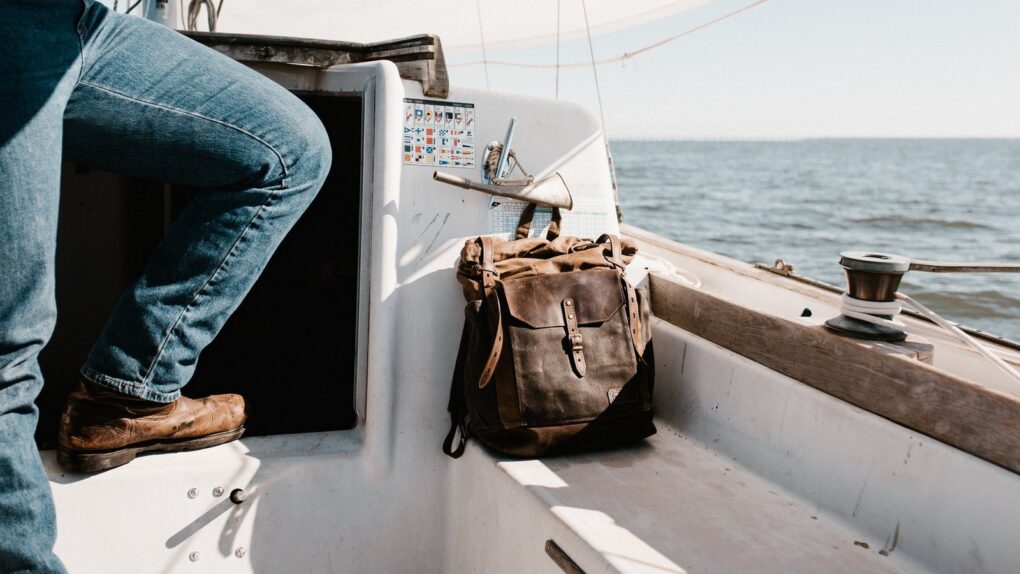
Sloop
Sloops are the most common type of vessel (when you think of a sloop, you’re almost right). One mast, equipped with a jib in front and a forefoot. Can vary in size; ideal for sailing downwind.
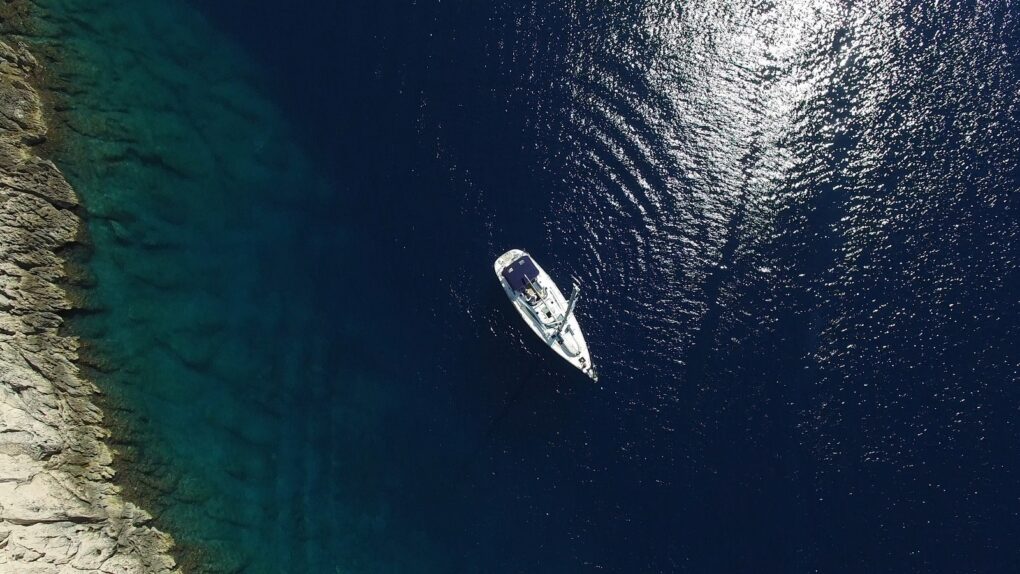
Catboat
On catboats, the mast is set closer to the bow. Single-sail vessel. Small, easily handled by one or two people.

Tender
A tender has a single mast mounted with two sails on the bow and a foresail. These vessels are designed for small crews or groups of people. It is fairly easy to steer.
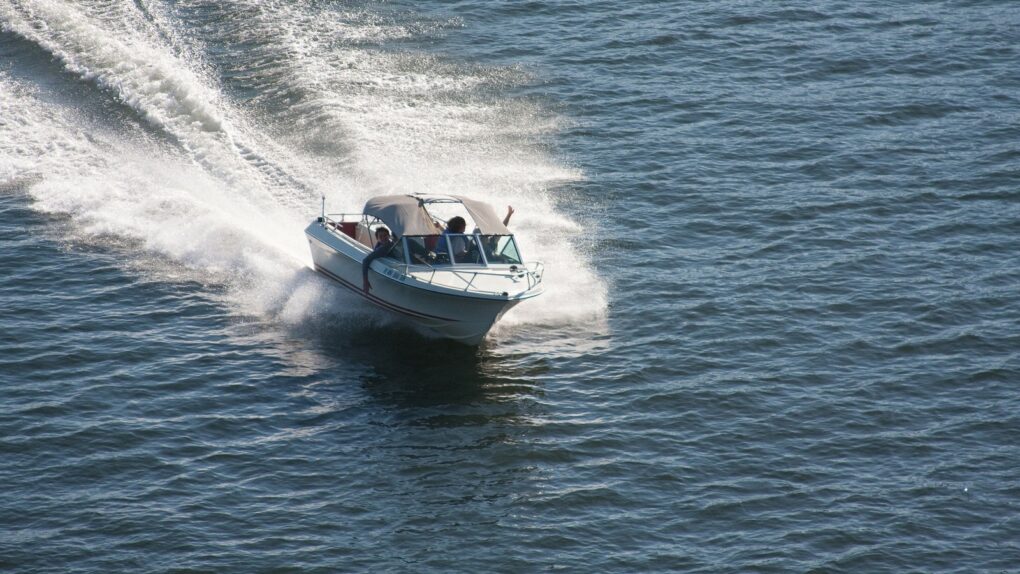
Skiff
Skiffs are similar to keches, with the difference that the bisan mast on them is closer to the rudder. The reason for the bisan mast on skiffs is to maintain balance and not to make the boat go faster.
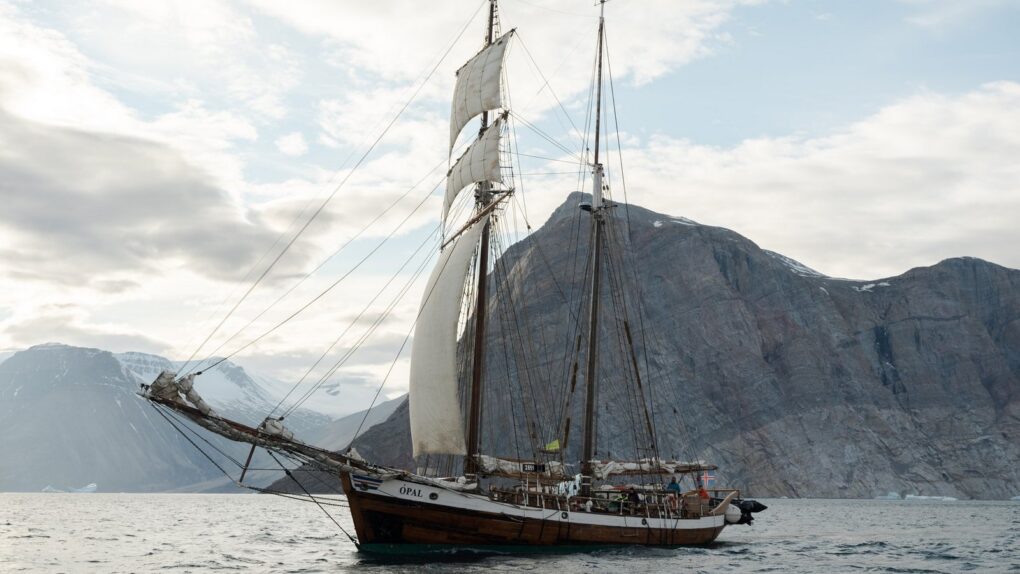
Schooner
Schooners are huge ships with two or more masts. The mast on the back of the ship is either higher or equal in size to the mast on the bow of the ship. Schooners were used for commercial fishing, transporting cargo, and as warships.

